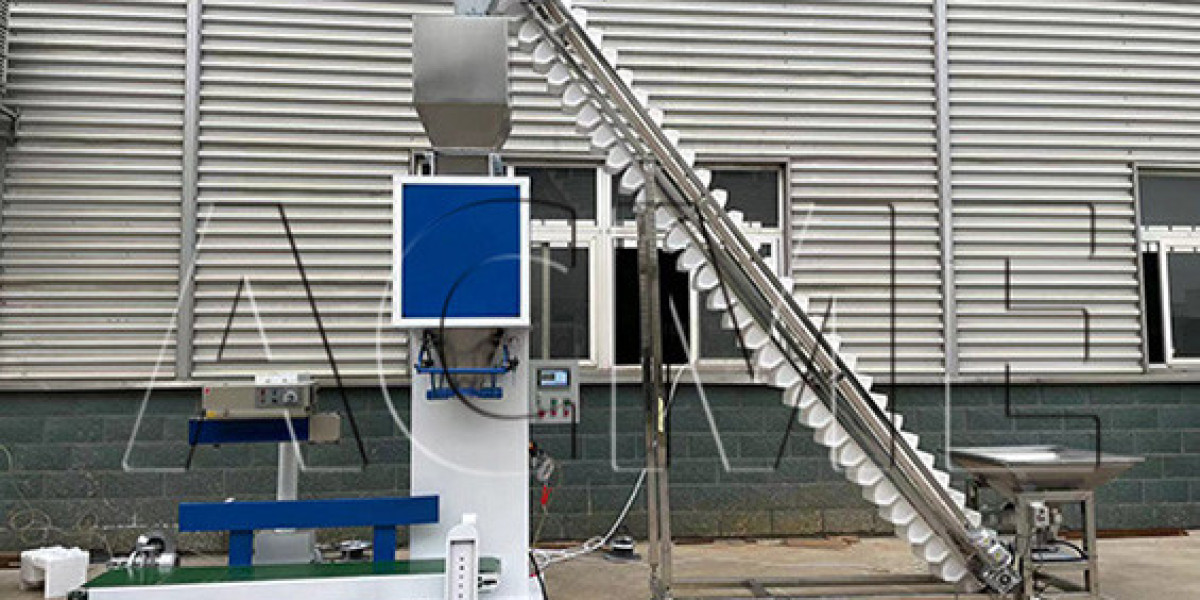I. The Historical Background and Inevitability of the Emergence of Packaging Machinery
1.1 Driven by the Demand of Industrialized Production
After the Industrial Revolution in the 18th century, large-scale production gradually replaced traditional handicrafts. As production capacity increased, manual packaging became a bottleneck restricting production efficiency. For example, in the British textile industry in the mid-19th century, a single factory could produce thousands of pieces per day, while manual packaging efficiency was only 30-50 pieces per hour, resulting in serious bottlenecks in the production process.
1.2 Structural Changes in Labor Costs
In the early 20th century, industrialization accelerated in Europe and the United States, and labor costs continued to rise. Statistics show that between 1910 and 1930, labor costs in the US manufacturing industry rose by approximately 240%. Packaging, as a labor-intensive process, was the first to face pressure for mechanization. In 1911, the first semi-automatic cartoning machine was introduced in Chicago, with a single unit performing the equivalent of eight skilled workers.
1.3 Improving Product Quality Standards
With the development of the commodity economy, market requirements for product packaging quality have become increasingly stringent. Manual packaging has three inherent flaws:
Poor sealing consistency (qualified rate is only 85%-90%)
Low metering accuracy (errors generally exceed ±5%)
Difficulty in hygiene control (high risk of microbial contamination)
These flaws are particularly prominent in the food and pharmaceutical sectors, directly driving the need for the development of specialized packaging equipment.
II. The Technological Evolution of Packaging Machinery
2.1 Mechanization Phase (1920-1950)
Early packaging equipment used purely mechanical transmission, primarily performing basic functions:
Quantitative filling system (error control within ±3%)
Heat sealing device (temperature control accuracy within ±5°C)
Simplified labeling mechanism (positioning accuracy within ±2mm)
Representative products include the rotary filler developed by Bosch in Germany in 1927, with a production capacity of 2,000 bottles per hour.
2.2 Electrification Stage (1950-1980)
The application of relay and motor control technology brought major breakthroughs:
Servo systems enabled multi-axis coordinated motion
Photoelectric sensors introduced position detection
Programmable logic controllers (PLCs) began to be used
In 1965, Mitsubishi Heavy Industries launched its first fully automated packaging line, integrating bag making, filling, and sealing functions, increasing packaging efficiency to 120 bags per minute.
2.3 Intelligent Stage (1980-Present)
Modern packaging machinery exhibits three major technological features:
Machine vision systems (defect detection accuracy of 0.1 mm²)
Integrated industrial robots (6-axis robots with repeatability of ±0.05 mm)
Internet of Things remote monitoring (data acquisition frequency of 100 Hz)
For example, the latest CombiFlex production line from the Swiss SIG Group uses intelligent algorithms to automatically switch between packaging formats, reducing changeover time to 5 minutes.
III. The Core Functions of Packaging Machinery in Modern Production Lines
3.1 Efficiency Improvement Hub
Comparative Data Shows:
Indicator: Manual Packaging
Automated Packaging
Continuous Operation Capacity:
8 hours/day 24 hours/day
Average Speed:
30 times/minute 300 times/minute
Overall Efficiency:
100% 1200%
After a beverage company introduced a Krones filling line, its daily production capacity increased from 80 tons to 1,200 tons, while reducing labor requirements by 70%.
3.2 Key to Quality Assurance
Modern packaging machines are equipped with multiple detection systems:
Weight Detection (Accuracy ±0.1g)
Metal Detection (Sensitivity Φ0.3mm)
Visual Inspection (Resolution 0.05mm/pixel)
Leak Detection (Sensitivity 1×10⁻⁶mbar·l/s)
After a pharmaceutical company adopted an Uhlmann blister packaging machine, its product complaint rate dropped from 0.8% to 0.05%.
3.3 Cost Control Leverages
Packaging machinery achieves cost optimization through the following means:
Material savings (intelligent cutting reduces film loss by 3%-5%)
Energy consumption reduction (frequency conversion technology saves 20%-30%)
Manpower reduction (the number of operators per line was reduced from 12 to 2)
Case Study: After a dairy company introduced a Tetra Pak TBA/19 filler, packaging costs decreased by 18%, achieving a return on investment within three years.
3.4 Flexible Production Foundation
Advanced packaging equipment features:
Quick mold change system (<10 minutes)
Parameter memory function (storage of ≥100 recipes)
Adaptive adjustment capability (±5% dimensional tolerance)
A typical example is the Sidel Matrix™ platform, which can handle a variety of containers, including PET, glass, and aluminum cans, and supports a production capacity of 72,000 bottles per hour.
IV. Future Development Trends in Packaging Machinery
4.1 Application of Digital Twin Technology
Virtual commissioning can shorten equipment commissioning cycles by 40%. For example, Bosch Packaging Technology's digital twin system has achieved:
Mechanical motion simulation (99.2% accuracy)
Electrical system verification (100% coverage)
Production capacity forecasting (<3% error)
4.2 Sustainable Packaging Solutions
New Equipment Development Directions:
Compatibility with bio-based materials (PLA, PHA, etc.)
Lightweight packaging (15%-20% reduction in thickness)
Recycling system integration (closed-loop recycling rate >90%)
4.3 Deep Integration of Artificial Intelligence
Applications of machine learning algorithms in the packaging industry:
Predictive maintenance (95% fault warning accuracy)
Dynamic parameter optimization (8%-12% energy consumption reduction)
Abnormal pattern recognition (5x detection speed increase)
Conclusion
The evolution of packaging machinery from auxiliary equipment to a core component of intelligent manufacturing reflects the overall progress of industrial technology. In modern production systems, packaging machinery has transcended simple packaging functions to become a critical link connecting manufacturing and distribution, ensuring quality and safety, and optimizing costs and efficiency. With the deepening advancement of Industry 4.0, packaging machinery will continue to develop towards intelligent, flexible, and sustainable features, providing crucial support for the transformation and upgrading of the manufacturing industry. For manufacturers, scientifically configuring packaging equipment and continuously optimizing packaging processes have become strategic choices for enhancing market competitiveness.








